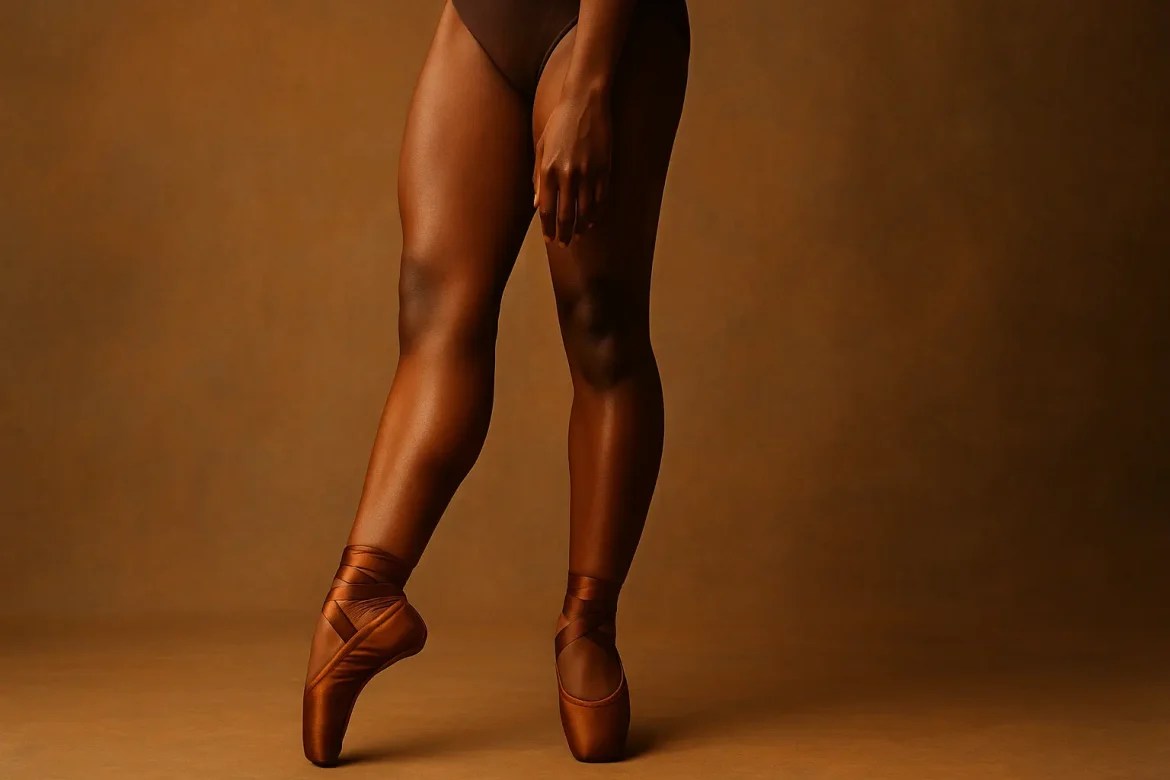Flesh-Toned Ballet Shoes: A Step Towards Diversity in Ballet
Ballet, with its graceful movements and expressive artistry, has long been a beloved art form. However, behind the scenes, a lack of diversity has persisted, particularly in the realm of ballet footwear. Traditionally, ballet shoes have only been available in “flesh” tones that cater to dancers with light skin. This has posed a significant challenge for dancers of color, who have had to resort to tedious and time-consuming methods to match the shoes to their skin tones.
Eric Underwood’s Advocacy
Eric Underwood, a soloist for the Royal Ballet, brought this issue to the forefront with a viral Instagram post in 2015. In the video, Underwood expressed his frustration with the lack of flesh-toned ballet shoes for dark skin and called on manufacturers to create more inclusive options.
Underwood’s advocacy resonated with dancers of color around the world, who shared their own experiences of struggling to find suitable ballet shoes. The post sparked a wider conversation about diversity in ballet and the need for greater representation.
Bloch’s Response
In response to Underwood’s call, Bloch, a leading ballet shoe manufacturer, announced plans to create a line of flesh-toned ballet shoes for people with dark skin. The shoes, aptly named “Eric tan” in honor of Underwood, were designed to address the specific needs of dancers of color.
Benefits of Flesh-Toned Ballet Shoes for Dancers of Color
The introduction of flesh-toned ballet shoes for dark skin has numerous benefits for dancers of color, including:
- Enhanced Confidence: Wearing ballet shoes that match their skin tone can boost dancers’ confidence and allow them to focus on their performance without worrying about their appearance.
- Reduced Time and Effort: The process of “pancaking” ballet shoes to match skin tone can be messy and time-consuming. Flesh-toned ballet shoes eliminate this need, freeing up dancers’ time and energy.
- Improved Aesthetics: Flesh-toned ballet shoes create a more seamless and visually pleasing appearance, especially when worn with tights or costumes.
- Increased Accessibility: The availability of flesh-toned ballet shoes for dark skin makes ballet more accessible to dancers of color, who no longer have to compromise their appearance or comfort.
Significance for Diversity in Ballet
Beyond the practical benefits for individual dancers, the introduction of flesh-toned ballet shoes for dark skin holds broader significance for diversity in ballet. It sends a clear message that ballet is an art form that embraces and celebrates all dancers, regardless of their race or skin color.
By addressing the lack of diversity in ballet footwear, manufacturers like Bloch are taking a step towards creating a more inclusive and equitable environment for dancers of color. It is a small but important step towards fostering a more representative ballet community that reflects the diversity of the world.
Challenges Remaining
While the introduction of flesh-toned ballet shoes for dark skin is a positive development, challenges remain in addressing the lack of diversity in ballet. Ballet companies and organizations must continue to work towards creating more inclusive and representative environments for dancers of all backgrounds. This includes not only providing equitable opportunities for dancers of color but also challenging traditional norms and stereotypes that perpetuate barriers to entry.
By embracing diversity and inclusivity, ballet can become a truly accessible and transformative art form that empowers and inspires dancers of all races, cultures, and backgrounds.

